My DIY speaker journey.
The path to audio nirvana is a long and winding road… Different paths, different obstacles, same goal.
Of these, when it comes to speakers, there’s the “chop up then assemble” approach of multiway speakers and there’s also the KISS (keep it simple, stupid) path. The former uses 2 or 3 or more drivers with each of them producing a certain range of frequencies, and engineering them such that the blend/integrate seamlessly into a coherent sound. This way, a full bandwidth of 20Hz-20kHz is achievable. The latter is more of a purist’s approach where a single driver is asked to do EVERYTHING, ie produce the whole frequency range. More often than not, they will do a certain frequency range (usually midrange) extremely well at the expense of the top or bottom end. Typically, these single drivers have frequency response that begins at 80Hz and goes all the way up to 16kHz.
More important than frequency response is the crossover where 2 drivers integrate. A tweeter that cuts in at 3kHz is going to introduce its own phase shift at this frequency region. Unfortunately, our ears are most attuned to the narrow 1-4kHz frequency region. God made us this way so that we would learn to listen to each other better (and talk less). Yup, most of our vocal range is in this tight band. Otherwise, how can you hear your wife when she screams at you over the din of a lively party? 🙂
| “If our ears are most sensitive to this region, it would be great if we could have a coherent voice (read: no crossover) here right?”
Right again, and this is what single driver promises. |
 |
My approach to audio nirvana is simple, go for the fundamentally right, rather than start it wrong, then correct it later. And it is my belief that single driver speakers have them right. That said, my speakers are not really single drivers… Read on.
In my quest towards audio nirvana, I stumbled upon single ended triodes and realized that they are fundamentally right, just like single driver speakers. Thus I began to look for my Holy Grail…
I first built a SE amp, a 0.7W Darling Class A single ended beauty that REALLY subscribes to the KISS approach. But 0.7W is too much power for most speakers (yeah right) and so the criterion for my speakers are: high sensitivity and single driver.
Let the race begin…
I searched and searched on the great World Wide Web and found that back in the old days, the Goodmans and Tannoys were already doing this right. Word has it that the Goodmans Axiom 80 is the BEST full range single driver ever made. Unfortunately, since they were first in production in the 50s and no longer made today, their drivers have attained “vintage” as well as “cult” status. If you see anything with these pair of words accompanying them, you know you need to break the bank to acquire them. I really hate to pay more than USD1k for a pair of drivers older than I am. Also, that much money but no support? Likewise with the Tannoy Reds and Golds…
Zip to the 90s and the choices are Diatone, Fostex, Loth-X and Lowthers. The Diatone at 92dB is not sensitive enough for me. The Fostex and Lowthers all share the same problem of puny bass, plus I’m never sure I like their treble. As for the Loth-X, I haven’t heard enough of them to form an opinion and they don’t sell drivers for DIY or do they? Lowthers don’t come cheap. Acquiring the drivers alone leave me without dough for everything else. Sorry, I can’t go without food… And plus the added disadvantage that speaker cabinets for Fostex/Lowthers need to be the backhorn loaded type where there’s lots of foldings inside the cabinet. Too complicated! Too many places to go wrong! Remember KISS?
I see the light!
I soon found out that a humble company in New Mexico, USA, is also stirring the same pot! The Hammer Dynamics Super 12 is also sold direct from the factory. Which means to say, this is the best price you can get as there’s no markup on the middleman side but the downside is, you can’t audition one. If you want to listen to one, you better build one, unless you are lucky to find a buddy with this speaker nearby. Since there’s none in Malaysia, I decided to put my money on the line…
The Super 12 is not a true single driver. The 12″ driver covers from 45Hz to about 10kHz while a super tweeter takes over from 10 to 22kHz. Note that the midrange, the critical 1-4kHz range is still done by a single driver. Plus it’s 97dB sensitivity and benign impedance plot, quickly wrote itself into my books.
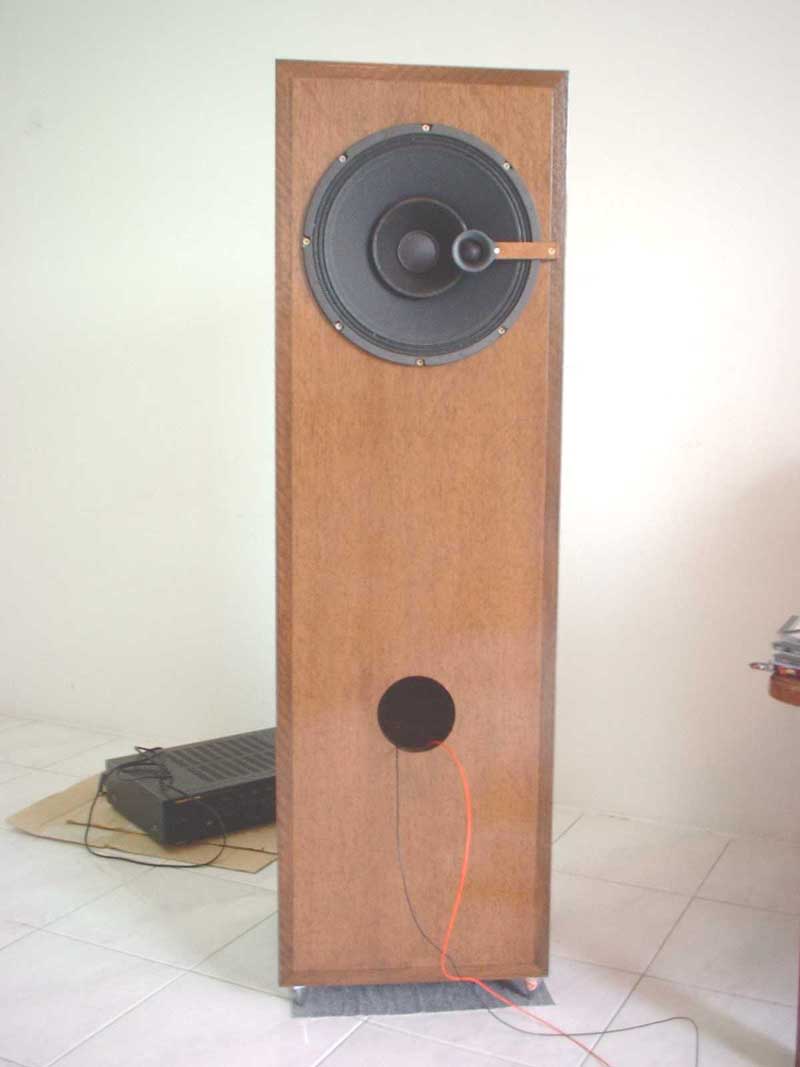 |
Note speaker wire running out from port. They are soldered directly to the crossover. Best binding post is no binding post. (actually too lazy to drill some holes…) A few months later, I got my speaker kit. The kit comes with the 2 main 12″ drivers, 2 super tweeters, crossover components and a detailed construction manual. Since I can’t even hammer a nail straight, I decided to leave the woodworking to the experts but the cabinet is actually very very simple. No foldings anywhere, just a box with 2 holes to mount the 12″ driver and for the reflex port. A local carpenter briefly got the cabinet built per the instruction manual. Built with 3/4″ MDF, the speakers came up to 48″ high and a footprint of 14.5″ by 14.5″. Quite a big box! Oh my God! I didn’t anticipate it to be this big, but it is. |
It’s “nyatok” laminated as well for improving Girlfriend Acceptance Factor (GAF). This being a DIY project, you can paint the your speaker anyway you like. You can formica laminate them and spray metallic blue! Or shades of various colours for “the colours of Benetton” look… Be creative.
Anyway, after fitting in the drivers and soldering the crossovers, I began to play music. The sound was fast and very lively but sounded “stiff”. Audiophile ritual of “break in” commences… This point in time, I played them without any damping material and left the rear baffle opened. The front, side, top and bottom baffles were all glued together. The idea of having a screwed on rear baffle is to facilitate experimenting with damping material. The Hammer Dynamics manual suggest a very unique combination of bubble wrap for damping material and packing peanuts filled to the brim of the reflex port. Huh? Bubble wrap and packing peanuts? Got to be kidding right?
Not easily swayed by kiddo stuffs, I bought some carpet felt and proceeded to line the inner walls. Played music and… my jaw dropped. What a horrible sound! The sound was considerably cleaner and clearer (more “hi-fi”) than before but the magic midrange has been sucked out DRY. Hey, this can’t be right? What happened? Where is my mojo? This point in time, I decided to do the most logical thing… Read the manual.
 |
Humbly, I refered back to the manual and the humble bubble wrap is suggested. Oh well, I have some lying around, so why not? I ripped off some felt off the side walls, replaced them with bubble wrap and played music again… Mucho better! Huh?! Out goes more carpet felt, in goes more bubble wrap and it just gets better and better! In the end, no more carpet felt and lots of bubble wrap.
Crossover buried under packing peanuts. |
guess the lesson is:
You macho men reading this, BEWARE! If you subscribe to the saying that “Real men don’t read manuals”, speaker building is not for you! The manufacturer has spent lots of blood, sweat and tears to get their product to sound right, so they know what they are doing. Don’t second guess their design. If you modify the design and the sound is different, this is YOUR design! Not theirs!
Okay, after eating this humble pie and swallowing my pride, I got my midrange magic back! Yippee! Kudos to Hammer Dynamics for coming up with such an excellent product! Kudos to the excellent support given throughout my journey! Kudos for the bubble wrap! (pie on my face!)
| After playing for some time, I took up a friend’s (Kenneth Lau) advice and got myself some nice speaker spikes. Go to your local hardware shop, ask for plumbing bobs. They come in 100g to 300g sizes. I took the 100g ones. Slap on some Blu-tack, mount them to the base of the speakers (3 on each speaker please) and you now have some nice classy spikes. By the way, it’s called “Kenneth’s cheap speaker spike tweak”.
“Kenneth’s cheap speaker spike tweak”. What a mouthful! |
 |
Damage:
Hammer Dynamics Super 12 kit RM2500+
Speaker cabinet RM400+
6 pcs of plumbing bob RM15
Blu-tack RM5
Bubble wrap, packing peanuts RM0
Lesson learned from this project : PRICELESS.
Credits:
1. Hammer Dynamics for coming up with a great product. Affordable, great sounding, high sensitivity speakers. And also the excellent support/customer service, second to none!
2. Mr. vt4c for helping in acquiring the speaker kit.
3. Mr. Tan Ah Ban. Carpenter who built the cabinets.
4. Ken, Kenneth for listening and commenting on the speakers. Thanks for helping “mr. tone deaf” here. 🙂
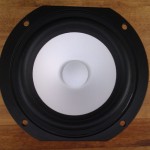
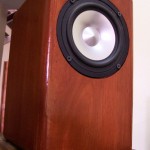

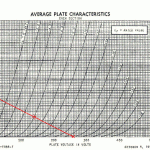



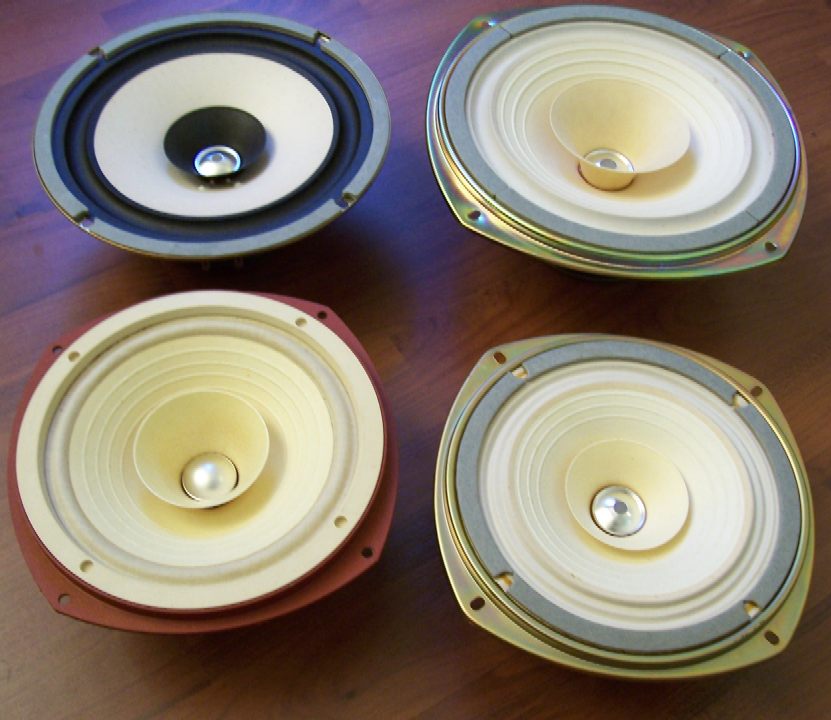
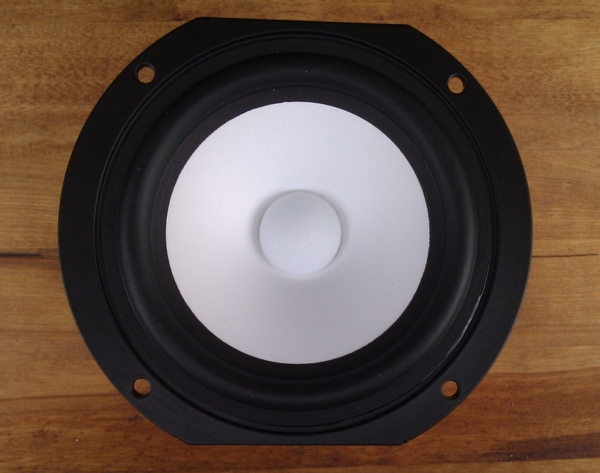
Where is a project?